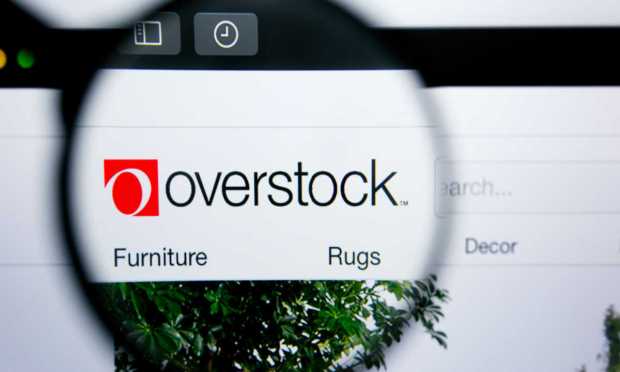Overstock Hurt by Increasing Inflation, Rising Prices for Consumer Necessities

Overstock is feeling the pinch from rising prices on necessities like food and fuel, meaning consumer appetite for home furnishings has slowed to some degree. The company reported a 34% year-over-year dip in total net revenue to $528 million for the second quarter.
The company also lost almost 30% of its active customers from the end of the second quarter in 2021, dropping to 6.5 million, and saw the number of orders delivered drop 43% year over year to 2.1 million in the quarter, according to the quarterly earnings report released Thursday (July 28).
The average order value, however, was up 16% year over year to $247, and orders placed on a mobile device represented 50% of gross merchandise sales.
“Our disciplined execution and differentiated asset-light operating model allowed us to remain profitable for the ninth consecutive quarter, even with weak consumer sentiment, ongoing macroeconomic and geopolitical volatility, higher inflation, and significant competitive pressures including competitors liquidating their excess owned inventory,” Overstock CEO Jonathan Johnson said in the report.
“While the retail environment was challenging throughout the second quarter and sales results were below my expectations, we continued to deliver smart value to our customers, make progress on our strategic initiatives, and provide our partners with an efficient and effective channel to increase their unit sales,” he said. “Our continued profitability and strong balance sheet support that our business model is a winning one, able to withstand jolts in the market.”
Related: Overstock CEO: More Photos, Videos, Metaverse-Like AR Needed to Cut Furniture Returns
In February, Johnson talked with PYMNTS about how the company is working to reduce the number of customer returns, especially when it comes to bulky items such as furniture, the bread and butter of his company.
At a time when rising freight and handling costs are complicating already lean inventory levels and compressed delivery times, retailers have never been more interested, or incentivized, to reduce product returns. It’s still “a pain in the tush” for customers to get unwanted stuff back in the box, he said. The best solution to the costly returns problem, he said, is to avoid them in the first place.
For all PYMNTS retail coverage, subscribe to the daily Retail Newsletter.
